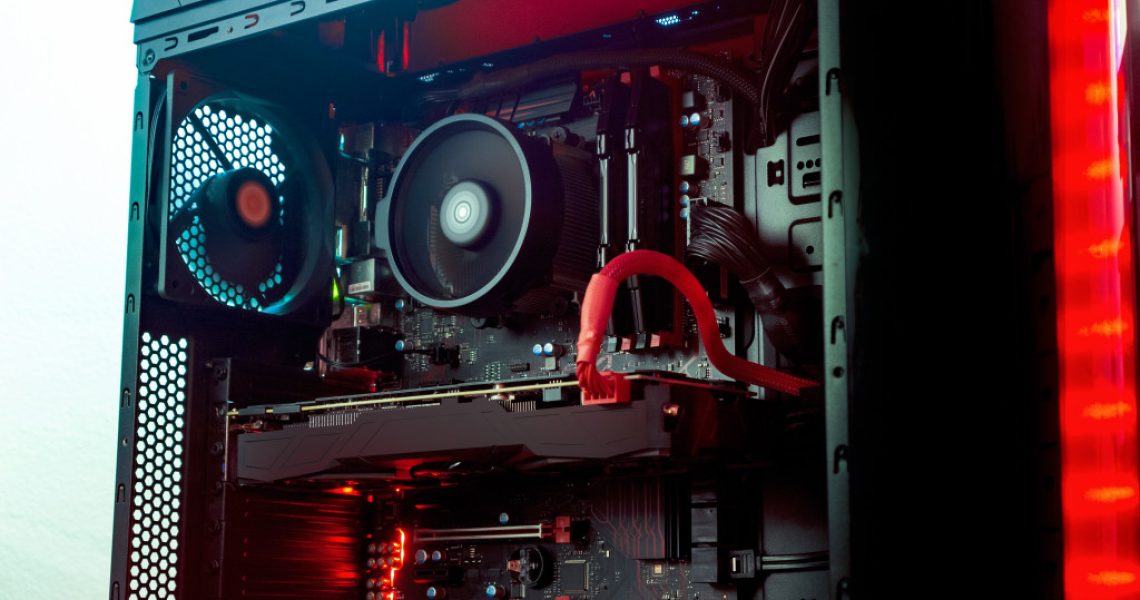As human beings, we’ve always wanted to explore the vastness of space. So ever since the first spacecraft reached space in 1961, people have been striving to go further and further out into the universe.
Space exploration has led to some incredible discoveries and helped people better understand our place in the universe. It has also inspired people to pursue careers in science and engineering and has given people a greater appreciation for the wonders of the cosmos.
As humans continue to explore space, people will undoubtedly make even more amazing discoveries. So far, we’ve barely scratched the surface of what’s out there, and there’s so much more to learn. However, we won’t have reached this point without the necessary equipment that made space travel possible. One of these pieces of equipment is the computer.
The Legacy of Computers
The history of computers is a fascinating topic that spans many years. It all began with the invention of the abacus, which was a device that used beads to represent numbers. This primitive form of computing allowed people to perform mathematical operations by moving the beads around.
- In 1876, Charles Babbage designed what is known as the first mechanical computer, which he called the Analytical Engine. This machine could perform basic mathematical operations, but Babbage never completed it due to funding issues. However, Babbage’s work served as the foundation for future computers.
- In 1937, John Atanasoff and Clifford Berry developed the first electronic computer, the Atanasoff-Berry Computer (ABC). This machine used vacuum tubes to store data and performed all calculations using binary code. However, this machine was not built until 1973.
- In 1941, Konrad Zuse designed and built the first programmable computer, the Z3. This machine was able to execute programs that were stored on tape drives.
- In 1945, John von Neumann designed a new type of computer architecture still used today. His design included a central processing unit (CPU), a memory unit, and an input/output system.
- In 1953, FORTRAN was developed by a team at IBM, the first programming language designed for scientific and engineering applications.
- In 1957, the Soviet Union launched the Sputnik satellite, the first artificial satellite to be placed in orbit. This event led to a renewed interest in space exploration and spurred the development of new technologies necessary for space travel.
One of these technologies was the computer. Computers were essential for space travel because they could perform complex calculations quickly and accurately. Without computers, sending humans to space or land on the moon would not have been possible.
Space Computers

You might think that the personal computer at home right now is similar to the computers they use to navigate space. You might have been right about fifty to seventy years ago when the Apollo 11 spacecraft only used a computer with a RAM of four kilobytes. But now everything has changed. Space computers are so much different from personal computers in many ways.
Radiation Protection
One of the many ways space computers differ from personal computers is that they are protected from radiation. Information gets shattered when exposed to radiation, and since information is essential for a computer to function, it needs that extra layer of protection to work correctly. That’s why space computers have RAMs designed for the aerospace industry. These RAMs have a higher capacity and can withstand more radiation than the ones used in personal computers.
The operating system of a space computer also needs to be protected from radiation. That’s why most space computers use the Linux operating system, which is more resistant to radiation than other operating systems.
Thermal Protection
Another way space computers differ from personal computers is that they work in extreme temperatures. A space computer’s components need to withstand temperatures that range from -180 degrees Celsius to 180 degrees Celsius. That’s why space computers use unique materials like ceramic and metal alloys for their components.
Power Efficiency
Space computers also need to be power efficient because they often rely on solar panels for power. Solar panels are not very efficient, so space computers need to be able to make the most of the energy they receive. That’s why space computers use low-power processors and components.
Size
Space computers also tend to be smaller than personal computers. That’s because there is often limited space on a spacecraft, and every piece of equipment must serve a specific purpose. As a result, there is no room for extra components or unnecessary features.
Reliability
Finally, space computers need to be reliable. They often have to operate for long periods without any maintenance. That’s why space computers are designed with redundancy in mind. This means that if one component fails, there is a backup component that can take its place.
As you can see, space computers are very different from personal computers. They are designed to withstand space’s harsh conditions and perform their tasks efficiently. So the next time you look at your personal computer, remember that it is not as simple as it seems. It is a complex machine that has been designed for a specific purpose. And that purpose is to help us live and work in space.

